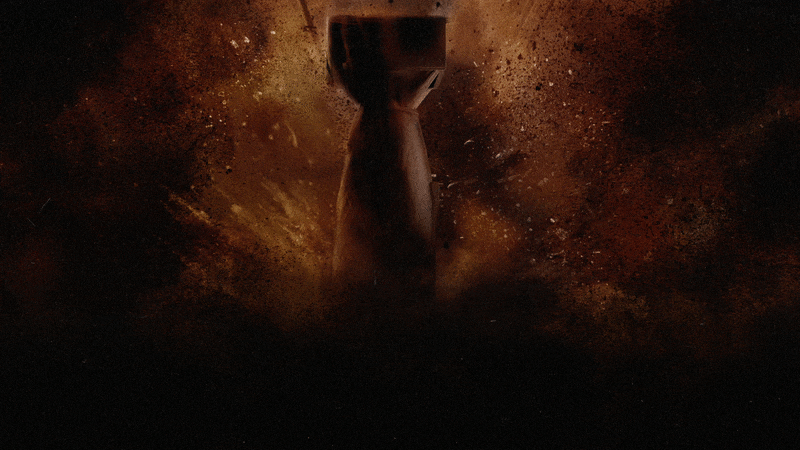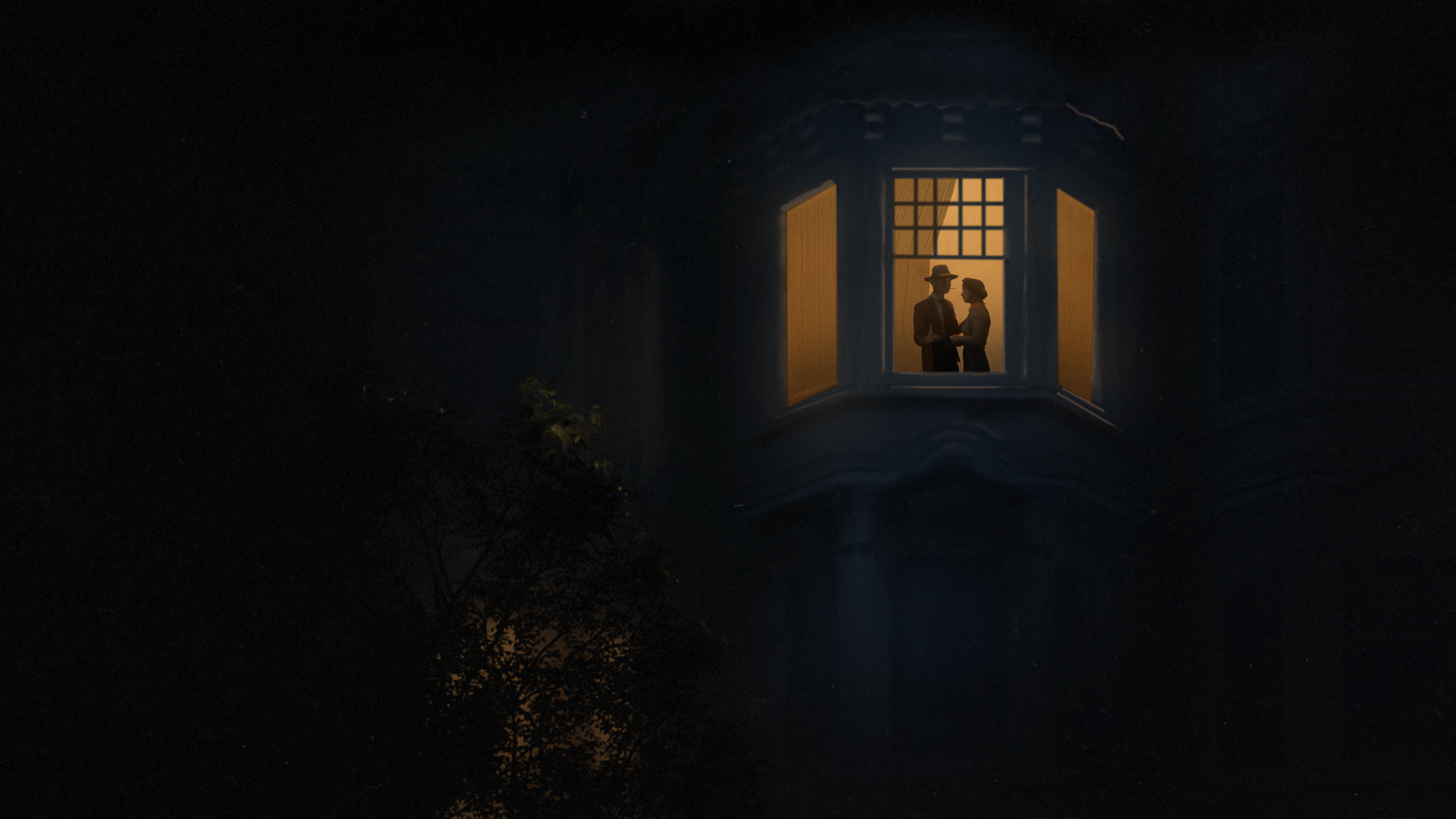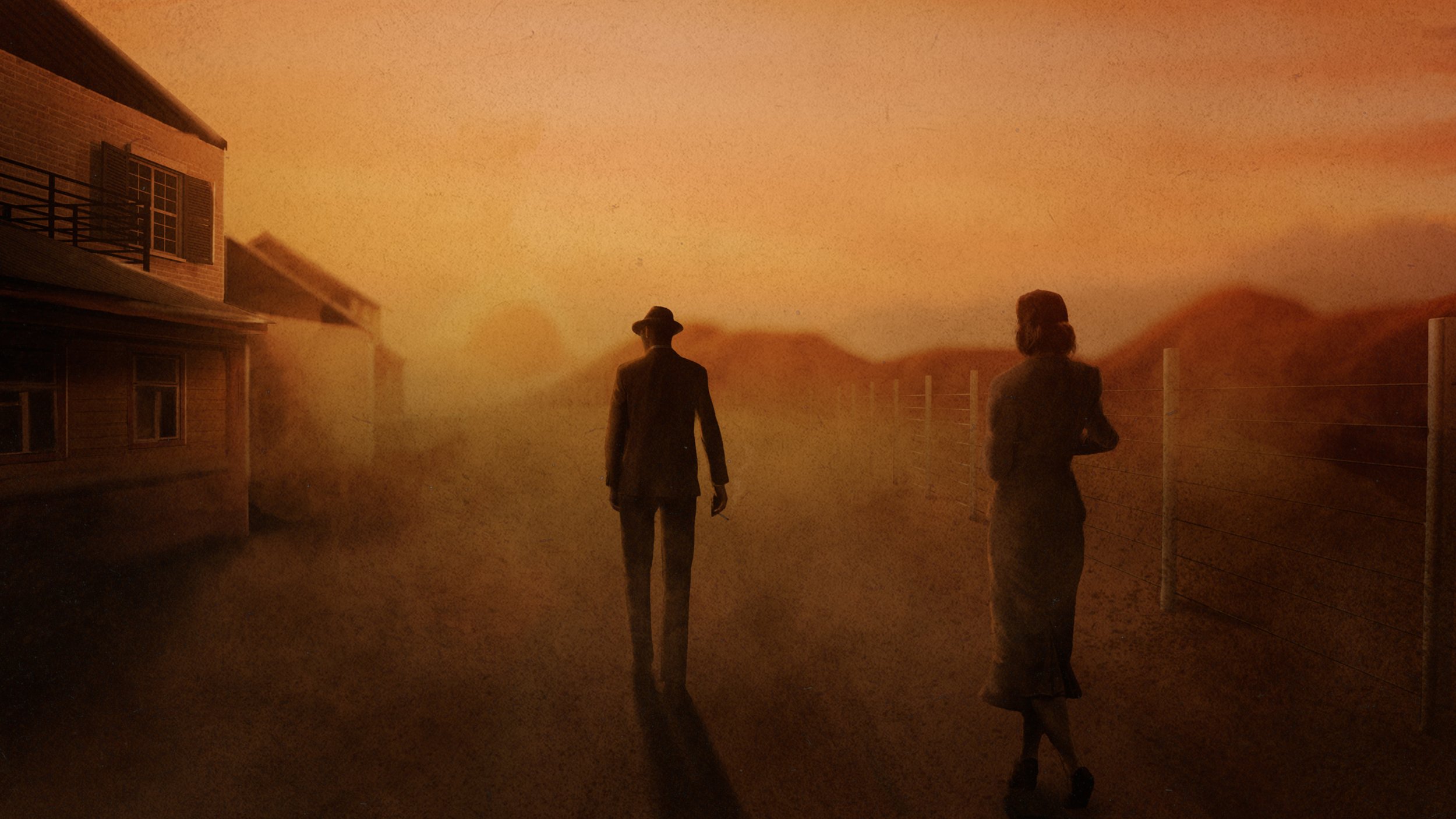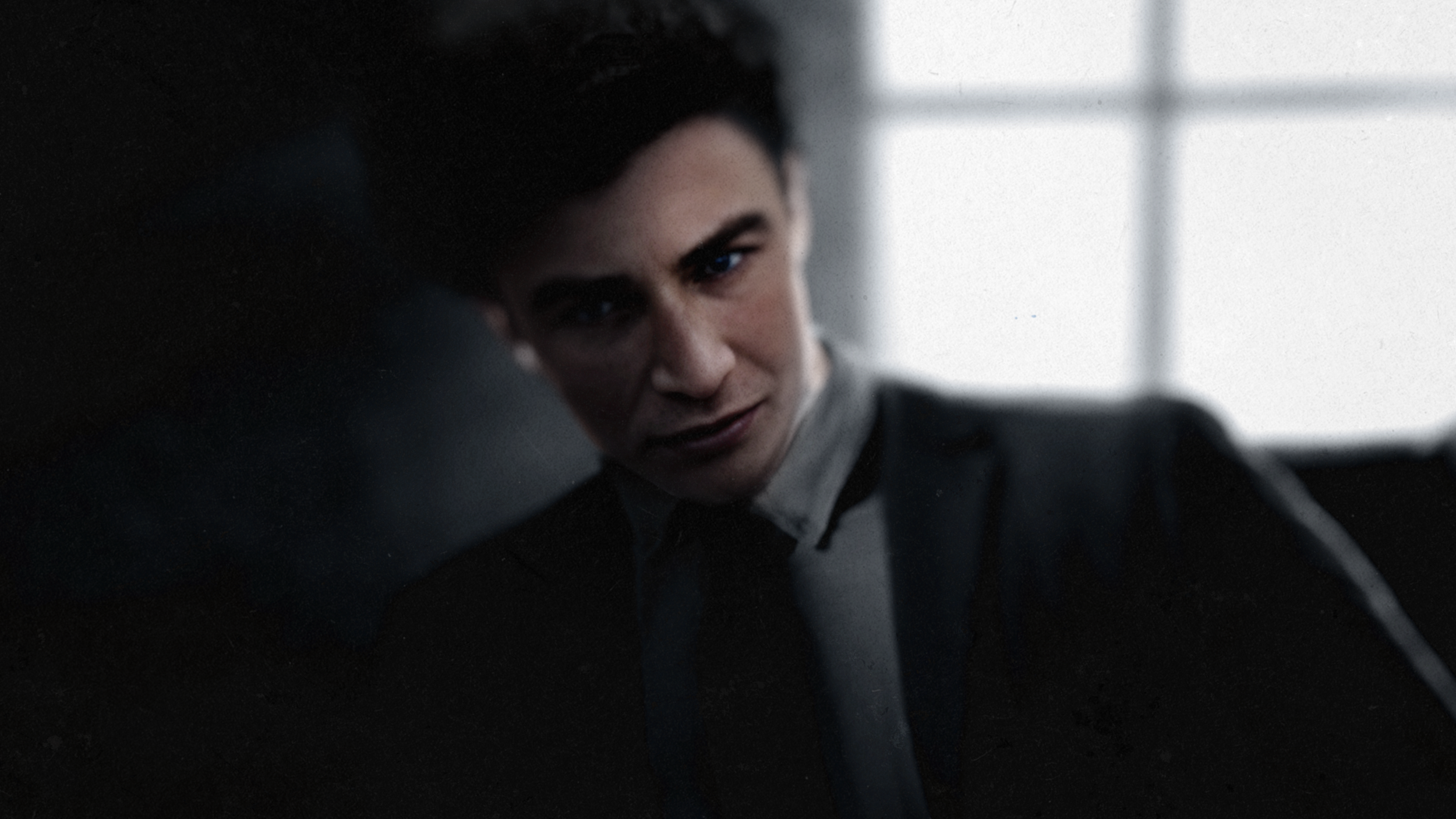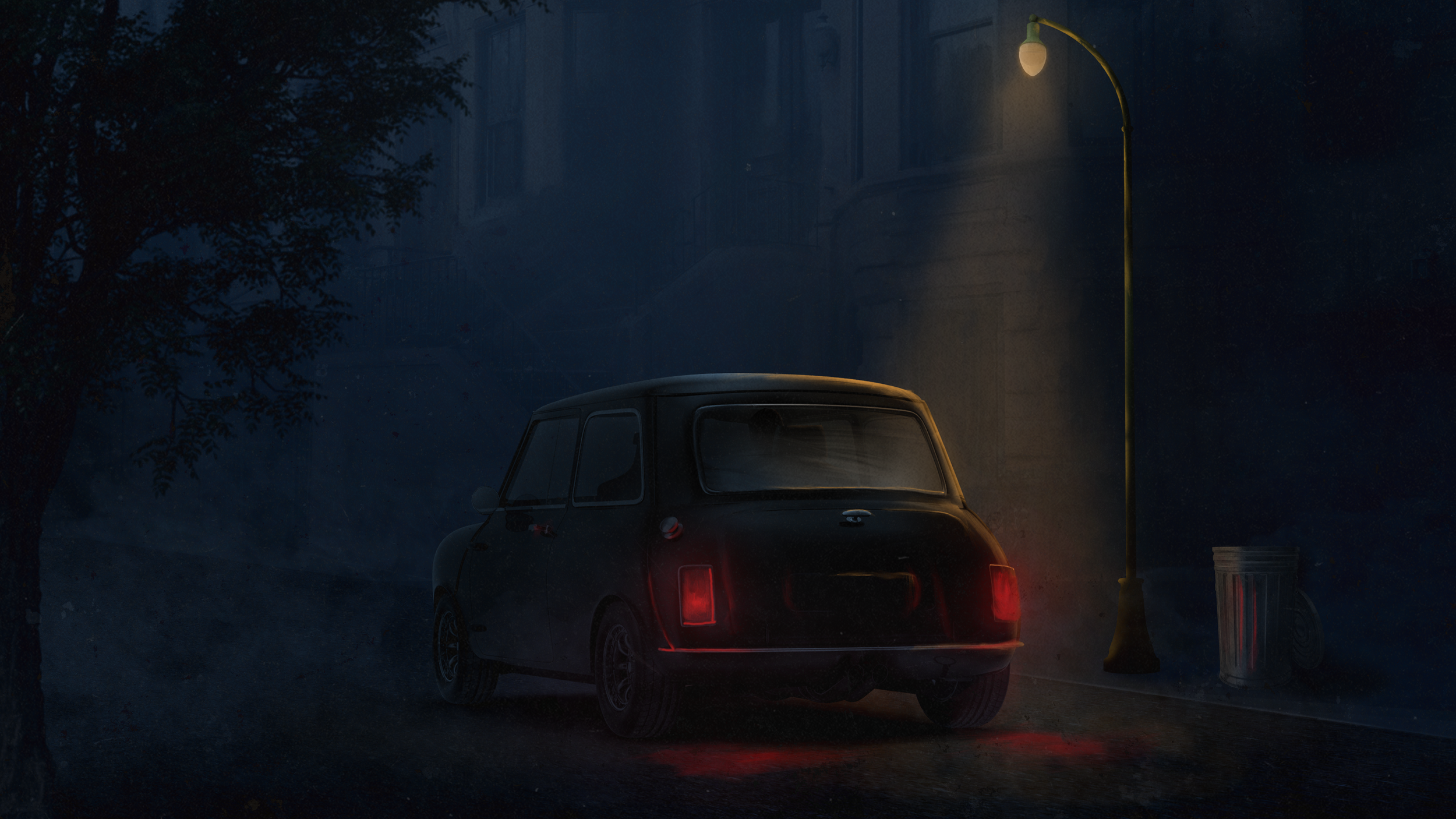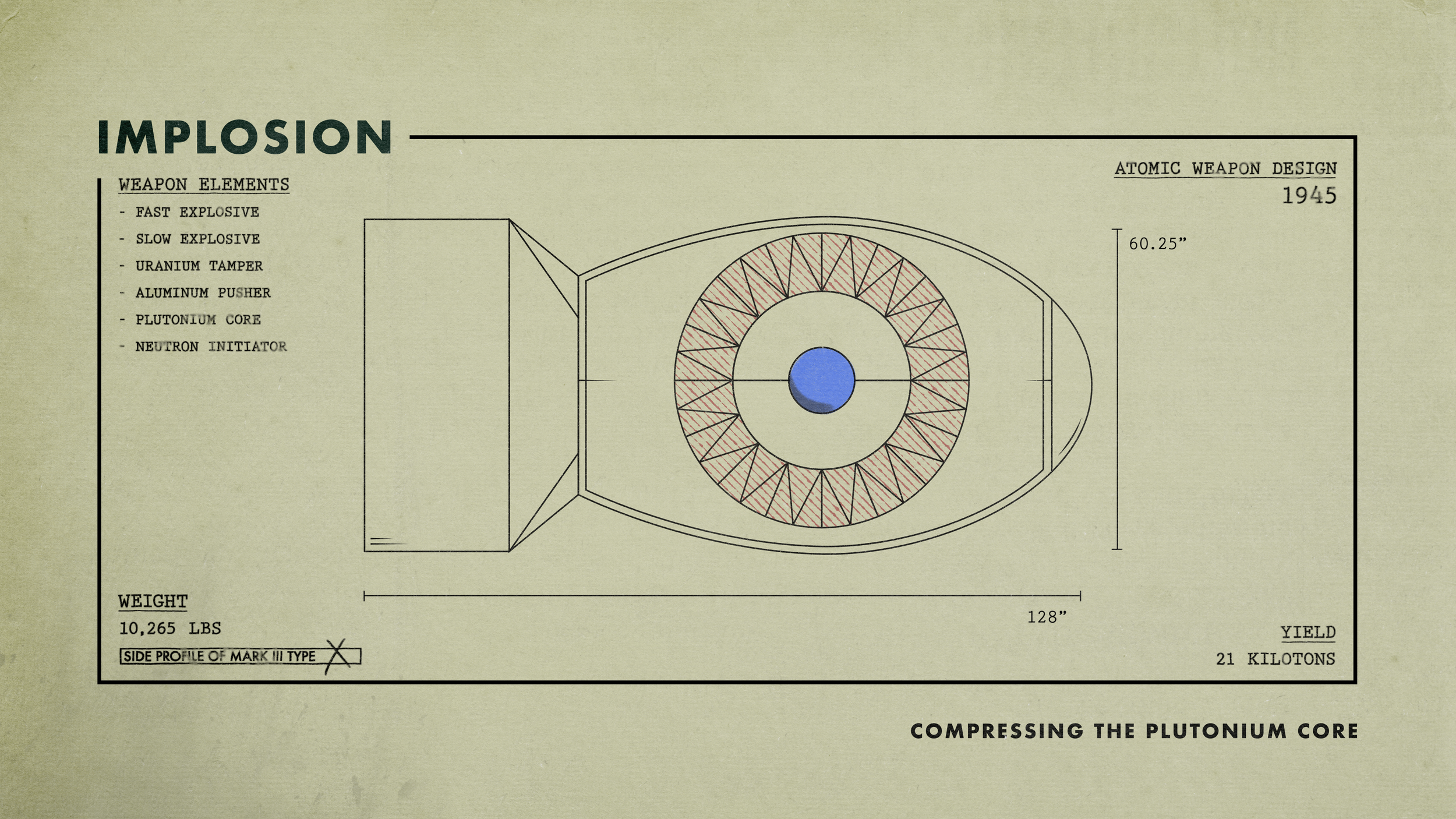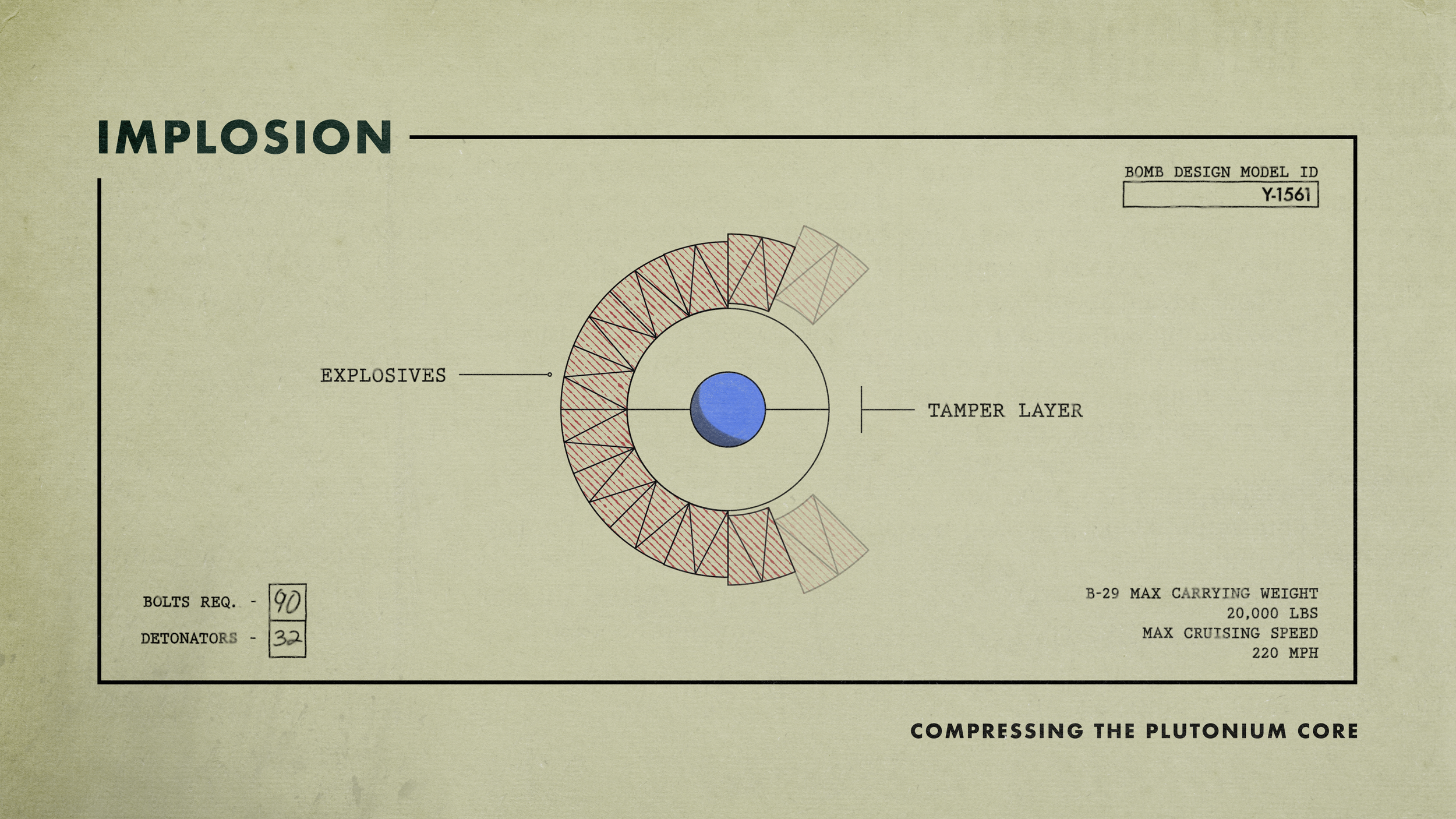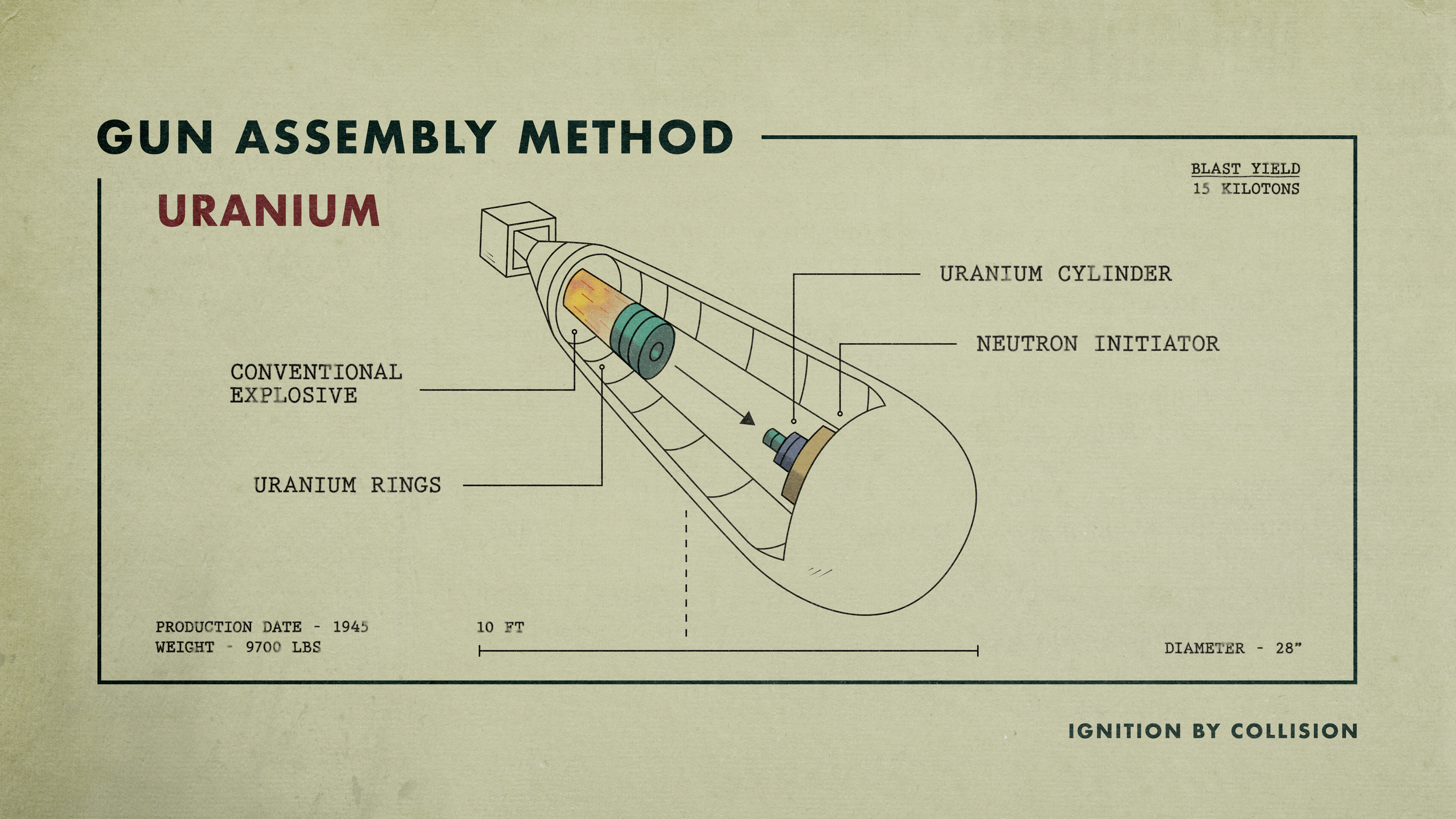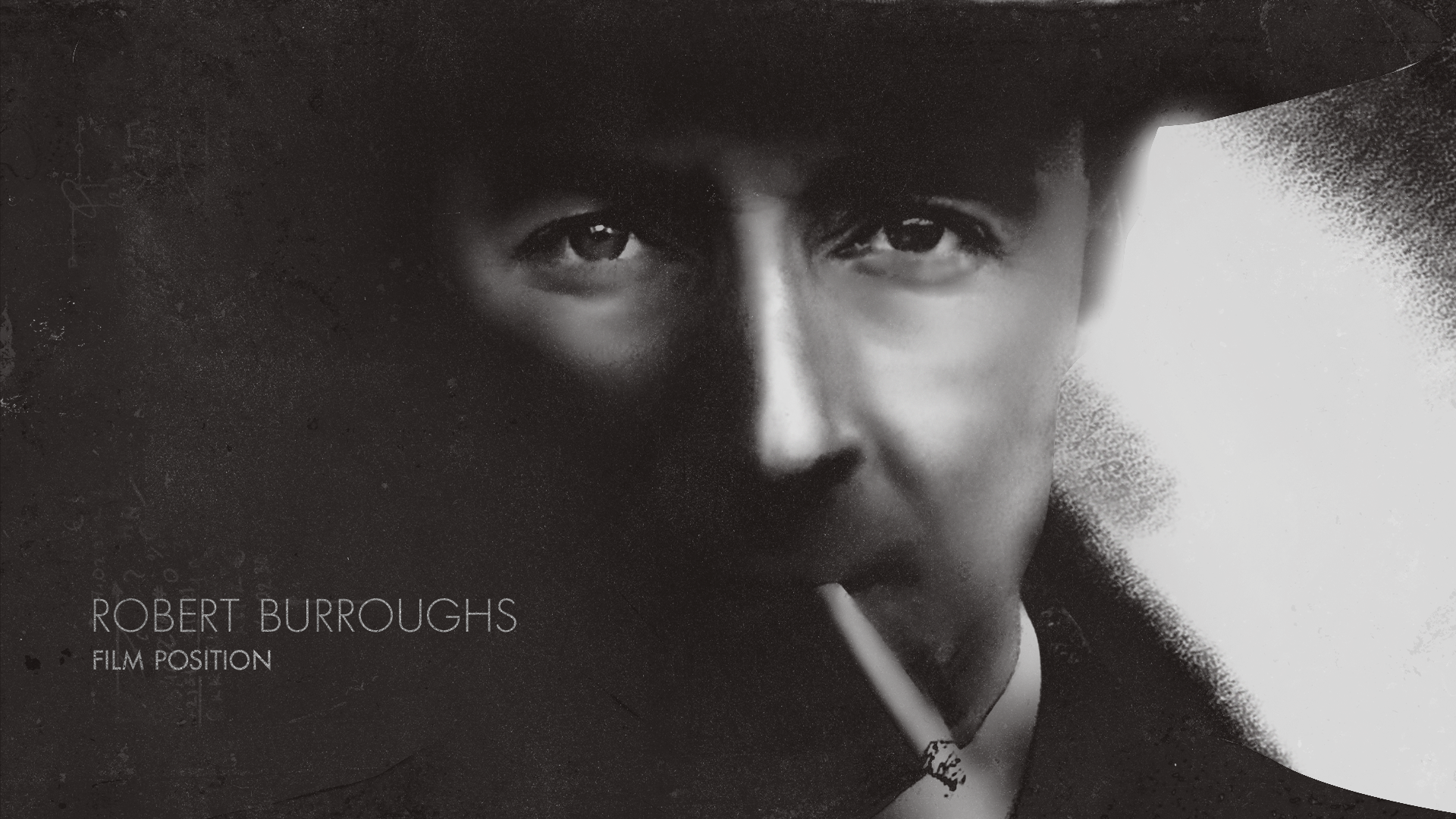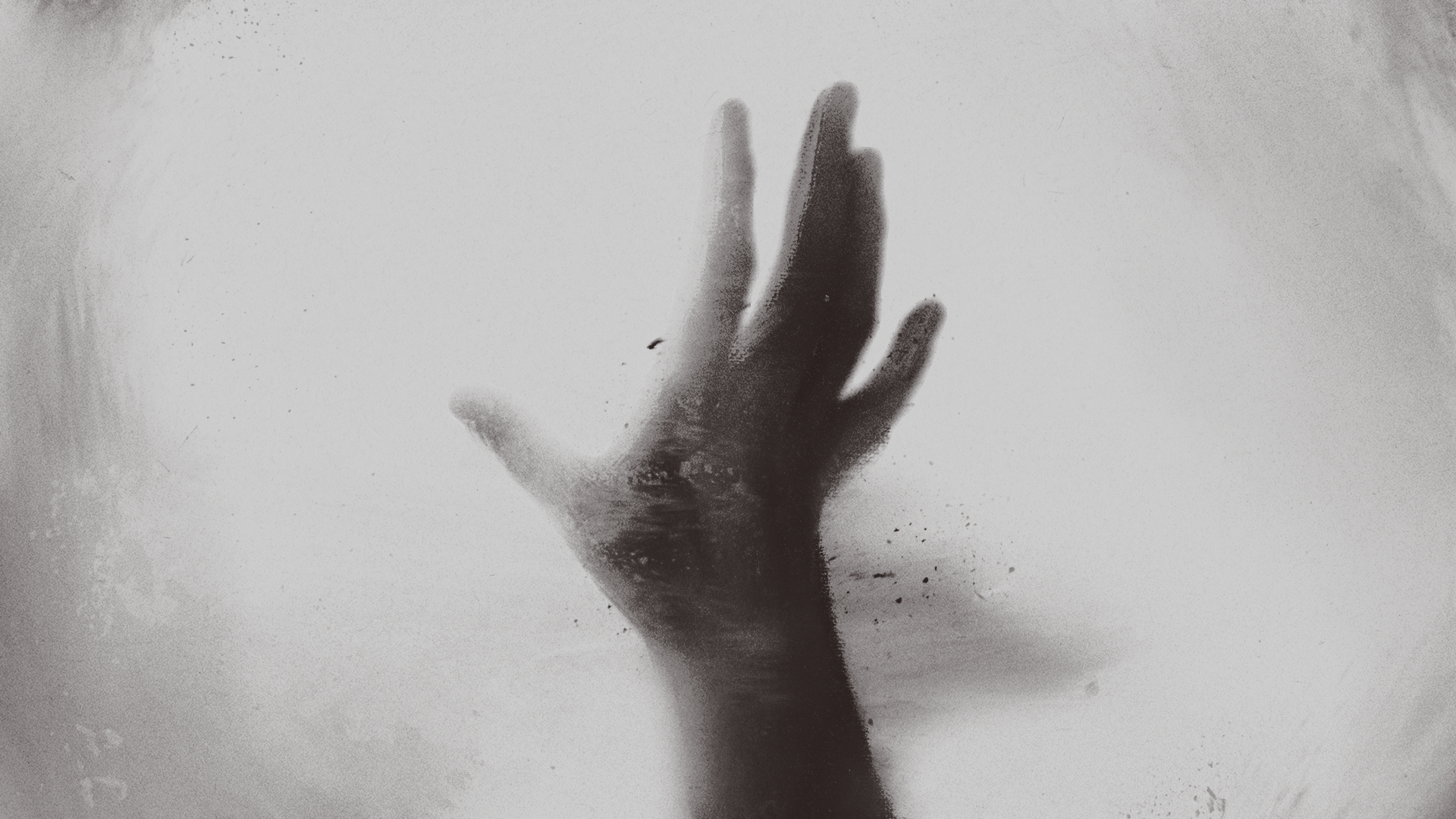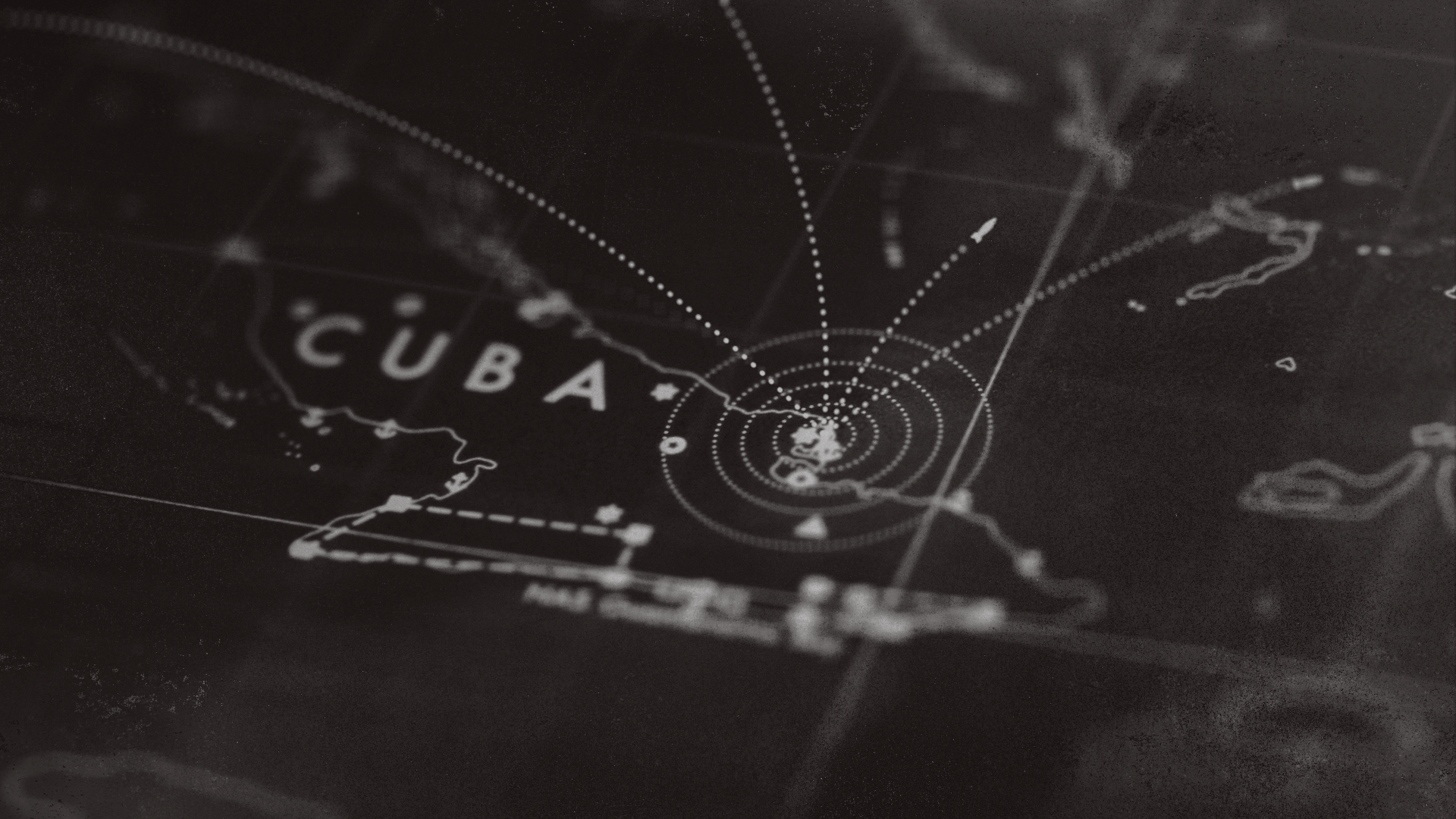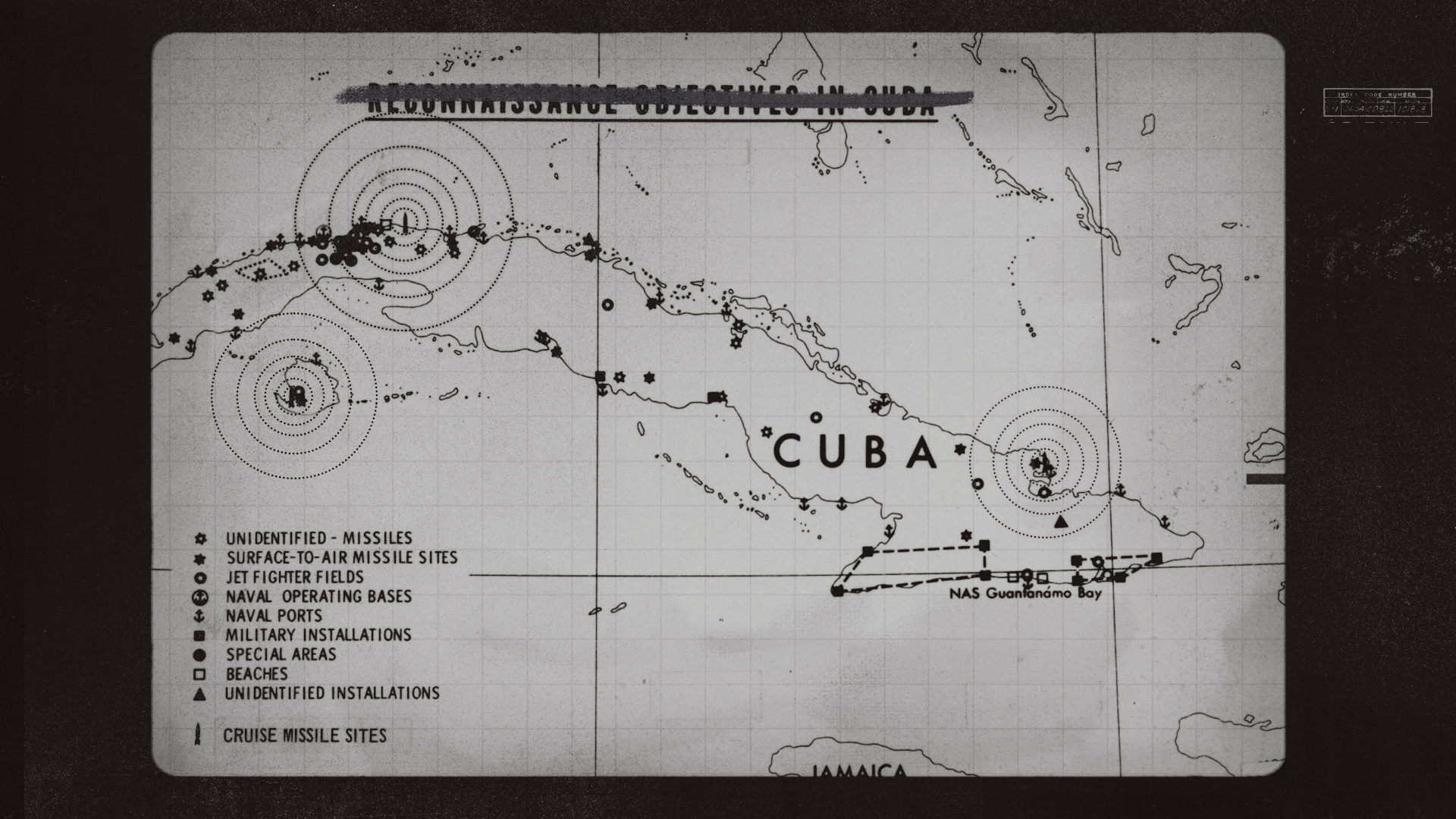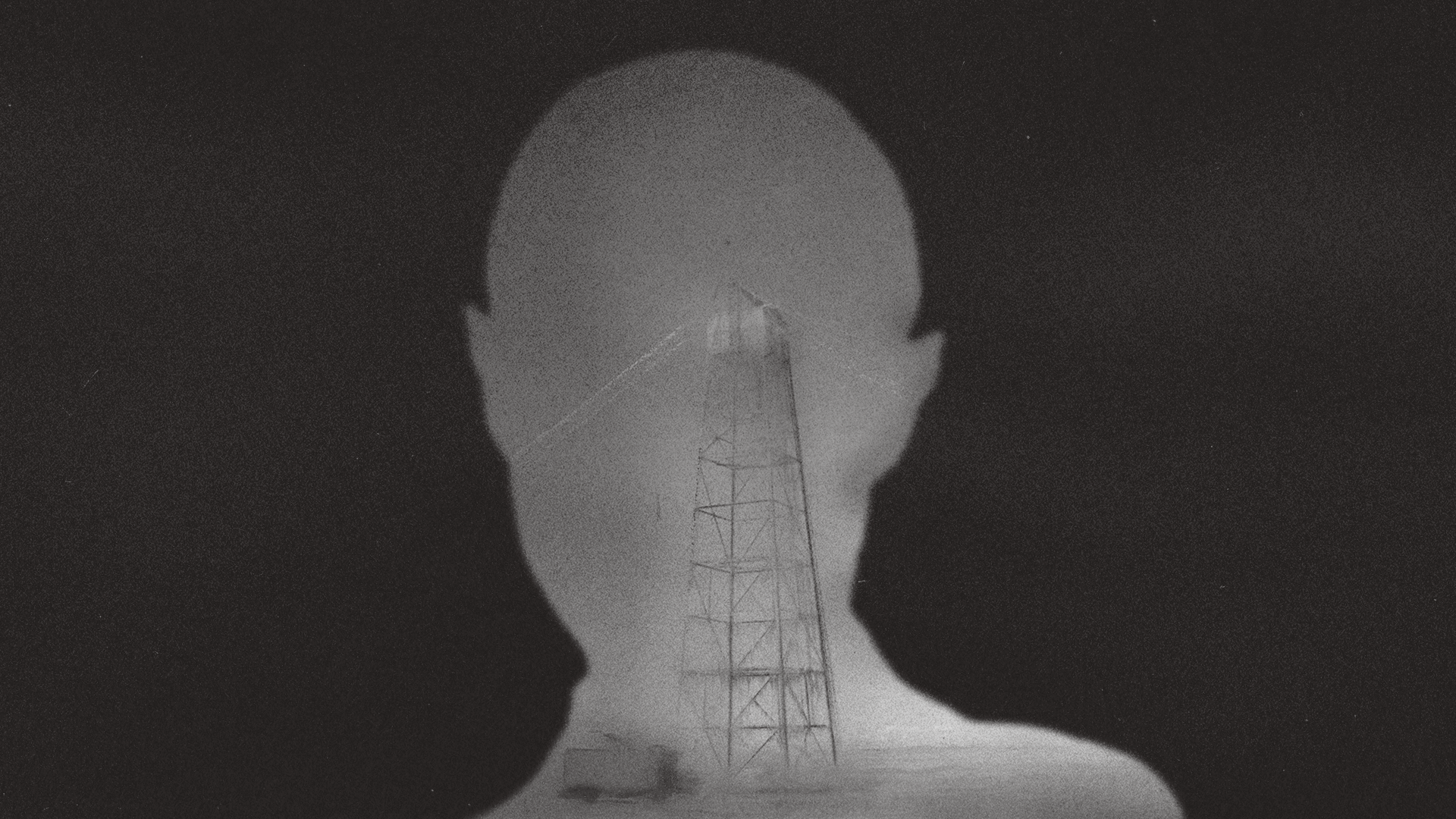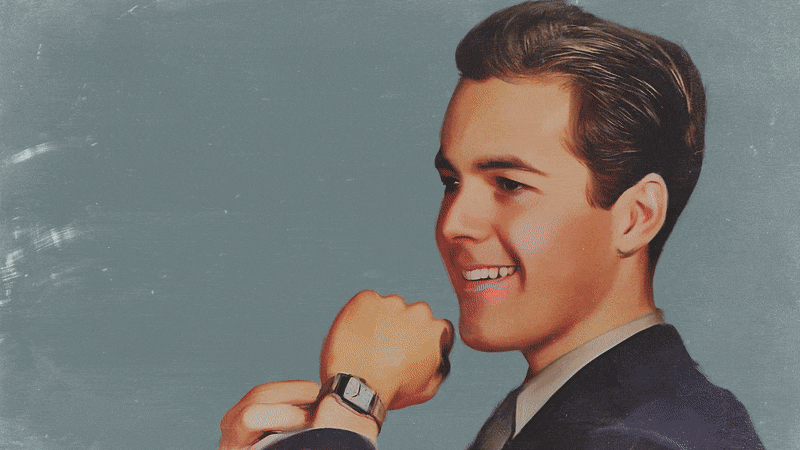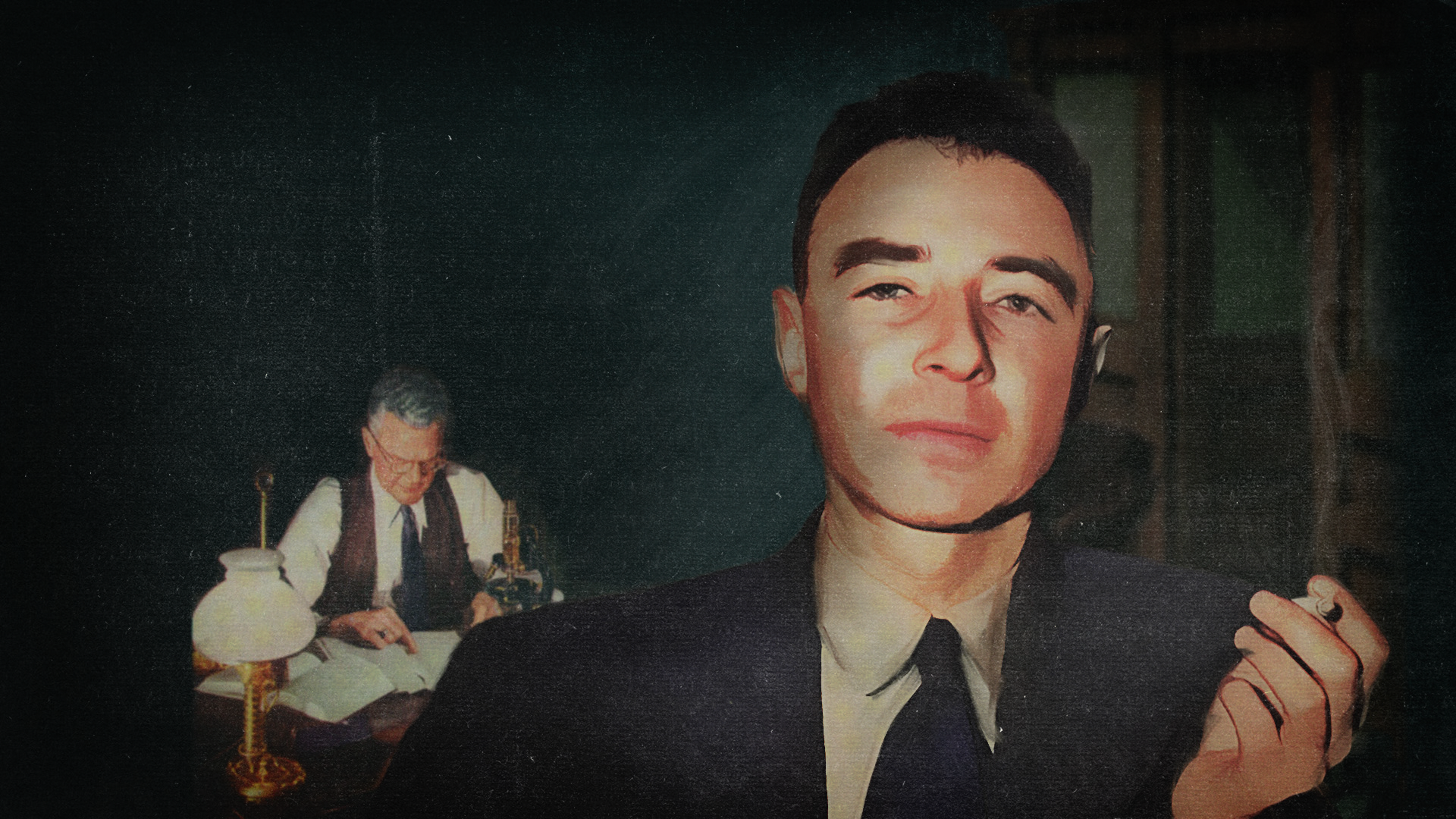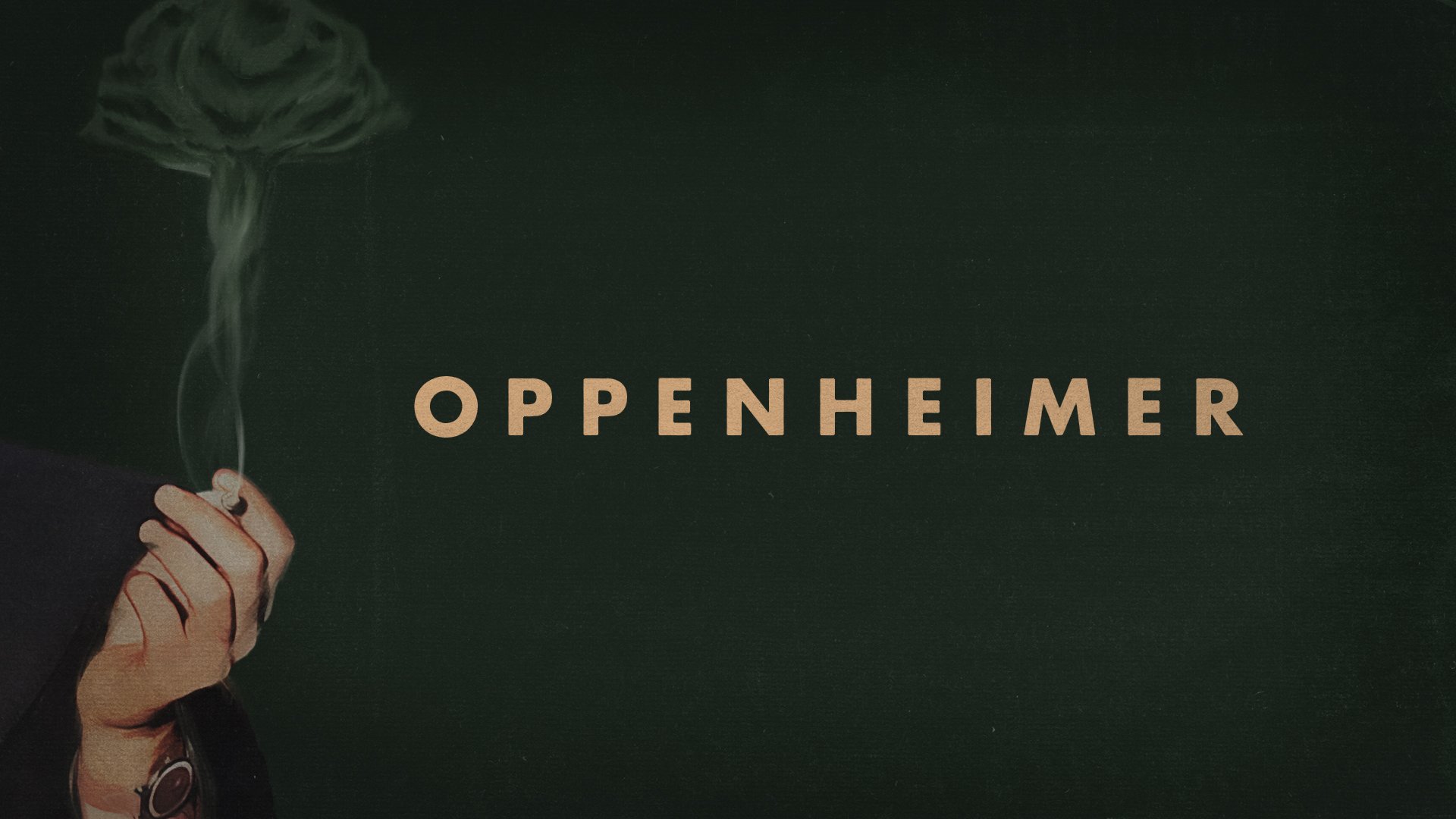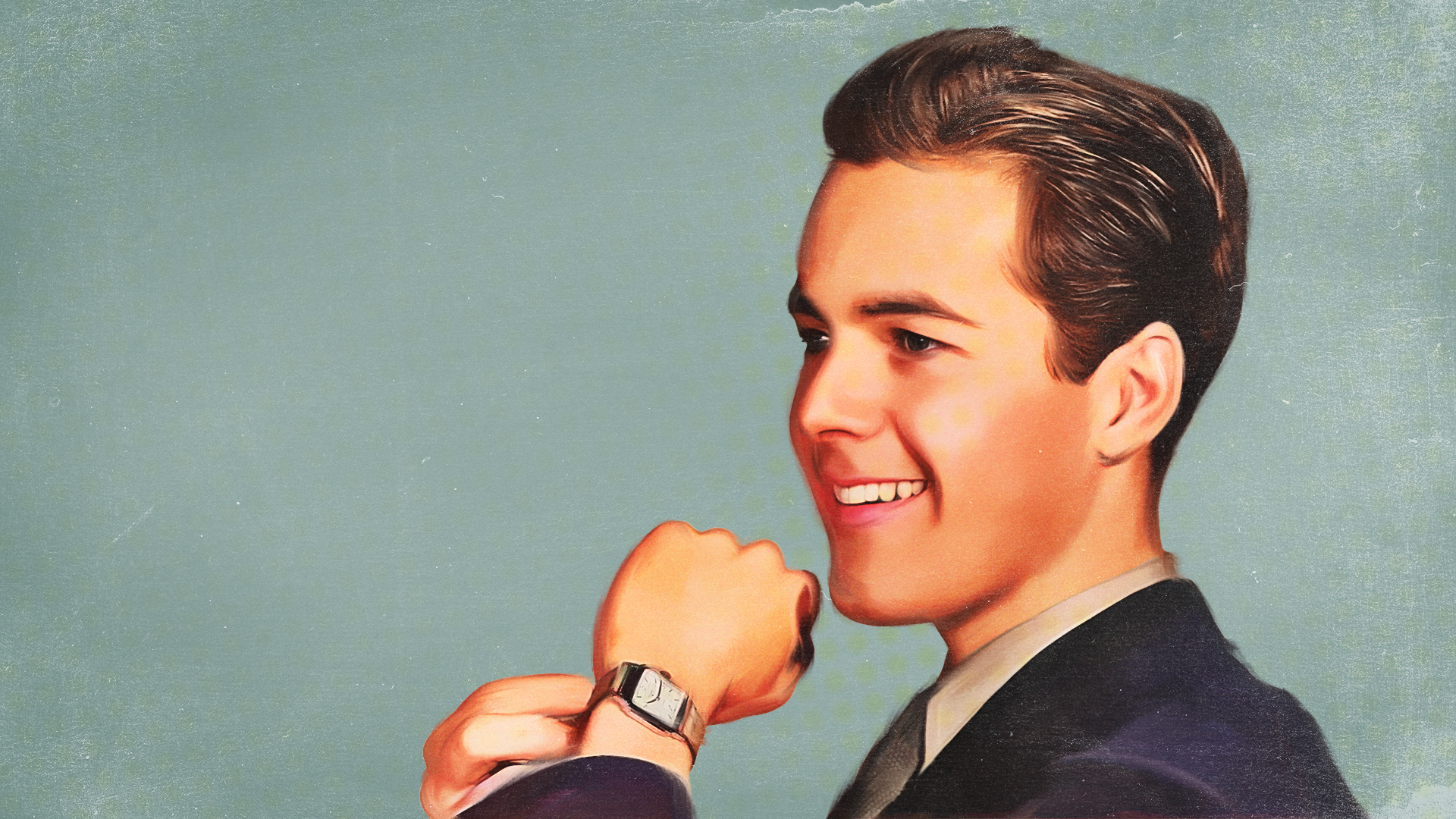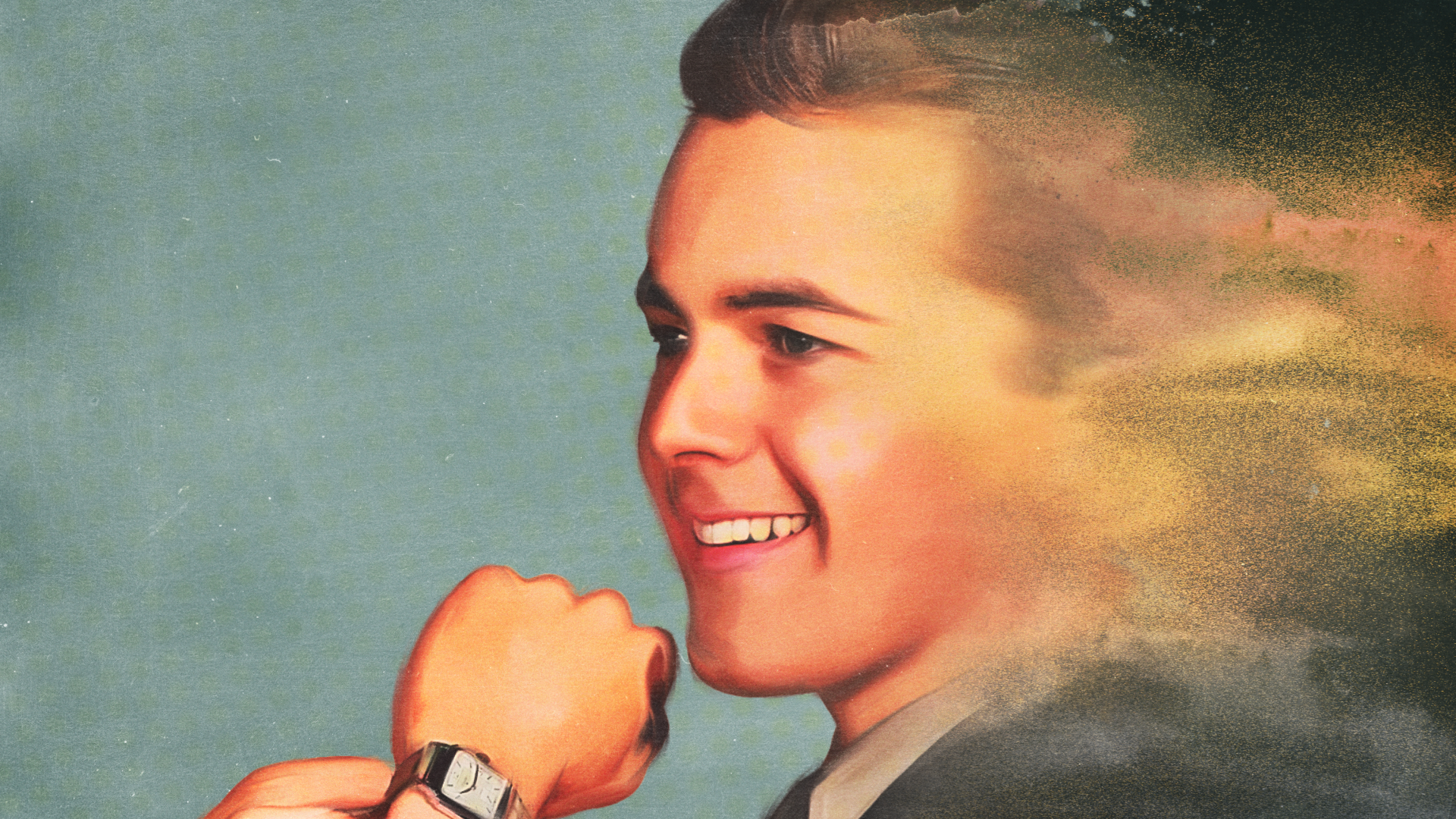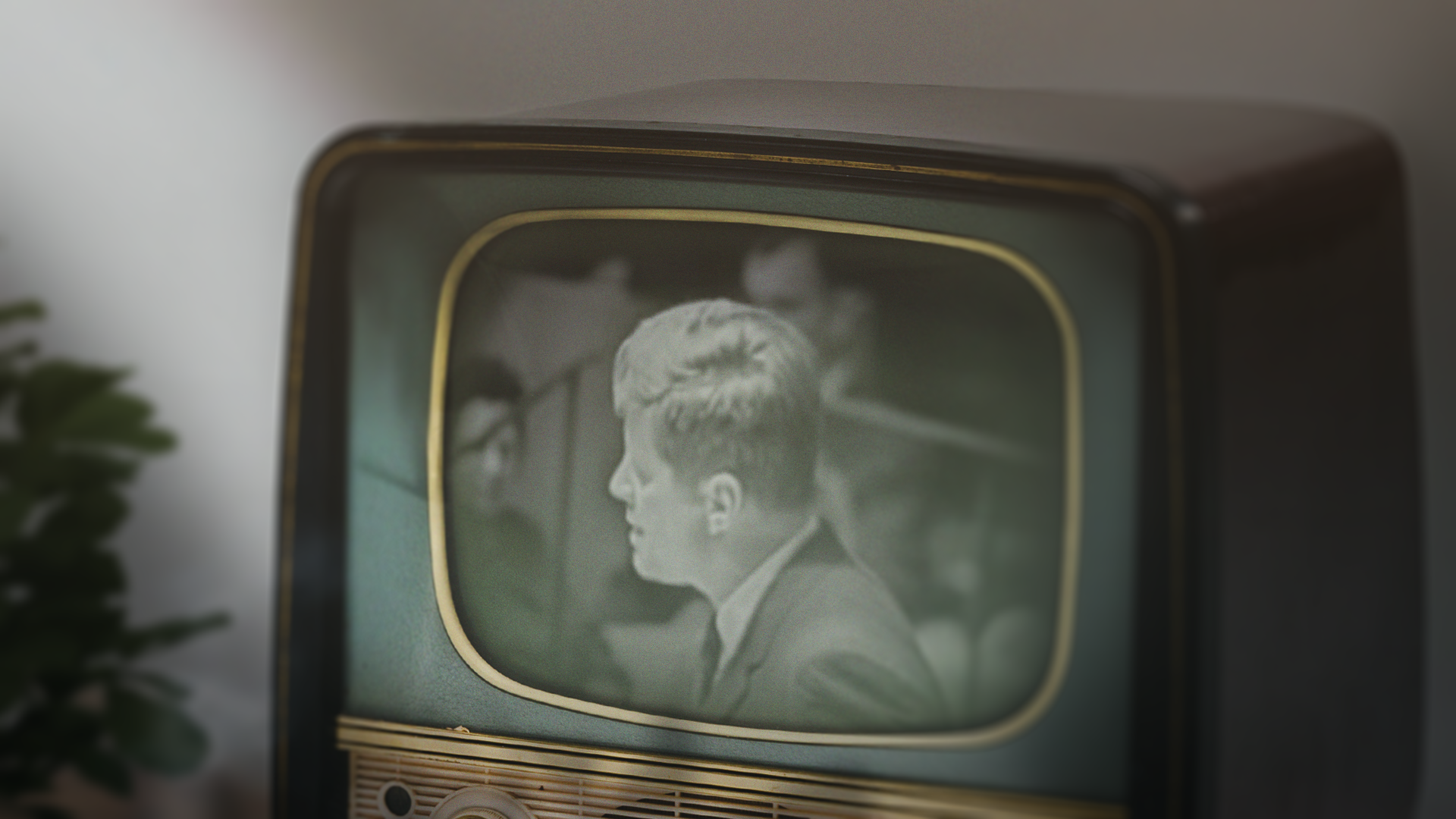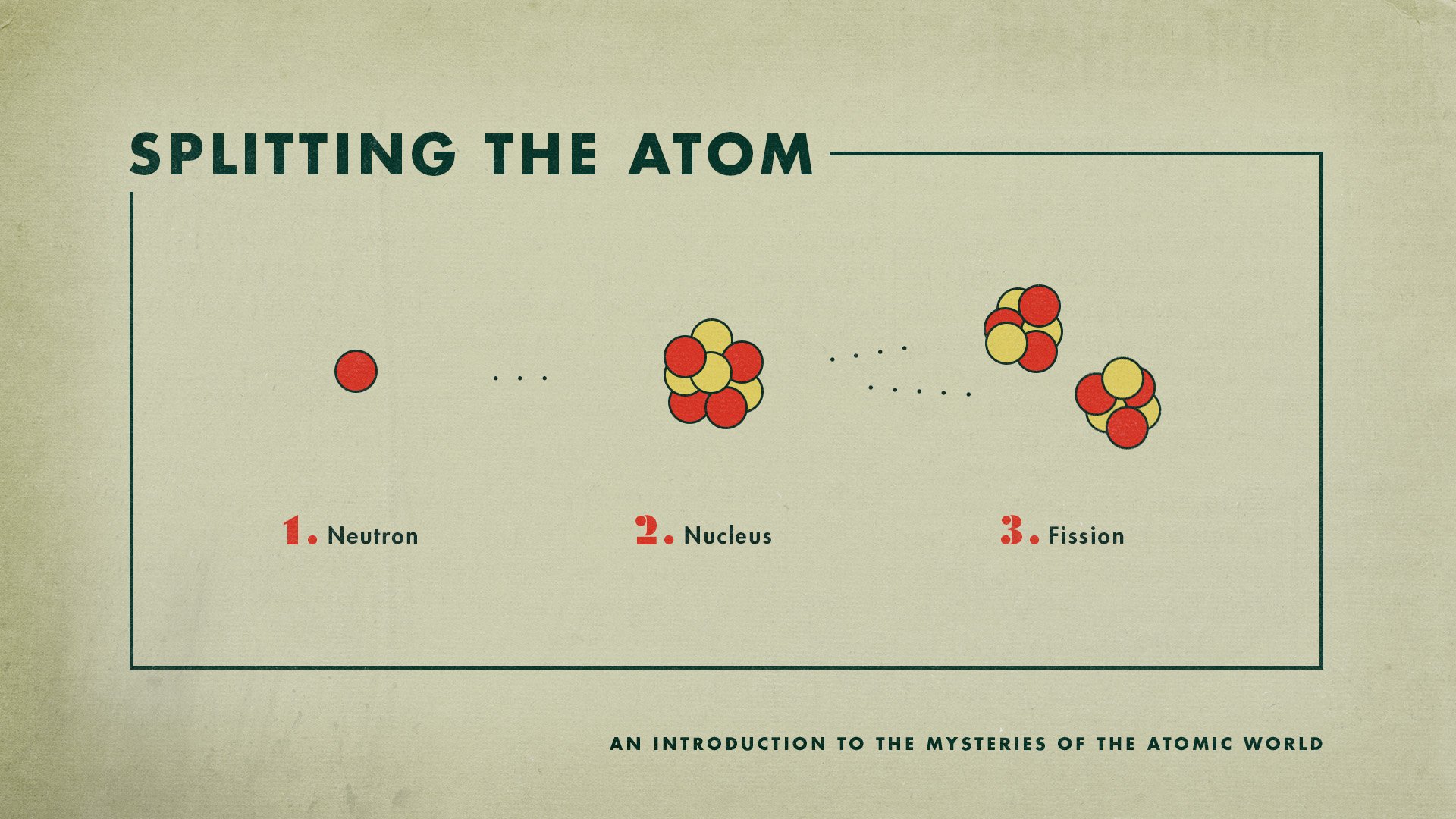The Ask
Ahead of Christopher Nolan’s highly anticipated summer blockbuster, Oppenheimer, Creative Mammals was approached by Christopher Cassel, Executive Producer and Director for NBC News Studios, to create narrative animations, scientific explainers, and title treatment for To End All War: Oppenheimer and The Atomic Bomb. The feature-length documentary explores the lead-up and legacy of Oppenheimer’s creation of the atomic bomb, with select interviews from Christopher Nolan, Bill Nye, grandson Charles Oppenheimer, Hiroshima survivor Hideko Tamura, and more.
The Challenge
Despite ever-changing advances in modern technology, time travel still isn’t plausible; so we would have to use our imagination in building out the narrative aspects of the film to show viewers how different moments of Oppenheimer’s life may have played out. We began by researching the time, place, and people involved in each scenario to make the narratives feel as authentic as possible.
Understanding complex concepts of physics, like atomic energy and nuclear fission, is integral to Oppenheimer’s story. We needed to create simplified visual representations that could explain such esoteric information in an engaging way while maintaining visual cohesion with the narrative aspect of the film.
We were also responsible for the title treatment that would conclude the documentary’s cold open intro. Knowing that the edit for this cold open would end in an explosive finish, we needed to create a title treatment with design and animation that matched the energy of the edit.
The Result
We created animations that weave seamlessly between the film’s interviews, archival footage, and photography. The narrative sequences portray historical events while building emotional value; the science graphics simplify complex facts; and the title treatment punctuates the tension created by the cold open. Together, these graphics solidify the tone of the film and reinforce the time period by honing in on the grainy, tactile aesthetic of old film.
The Solution
Narrative animations
The animated narrative sequences explore Oppenheimer’s humanity and fill in the gaps where archival footage doesn't exist. Using moody, hypnotic, cinemagraph-like properties allowed for seamless transitions between footage and animation.
SCIENCE GRAPHICS
There’s a lot of information to consider when discussing the workings of atomic energy. To keep the audience engaged, we turned to the instruction manuals, scientific papers, and news headlines of the WW2 era, which would provide visual interest while also keeping the material grounded.
Clean, austere typography and linework stay true to the informational tone and language being presented, while a staccato animation style provides visual interest with an air of mechanical and tactile feedback. Using simple reveals for the linework allowed us to intuitively guide the viewer through the information presented.
title treatment
The title design needed to be simple, of the era, and industrial — all qualities we found in the DIN typeface — to complement the documentary’s mixed-media cold open. Starting with a tease of key themes, figures, and moments from history, the title culminates in a reverse explosion that resets the stage for Oppenheimer’s story.
put in motion
While our animation approach varied by scene and deliverable, the principle themes that guided our animation style were dreamlike, 40s-inspired, and tactile. To achieve a look that was equally dramatic and tangible, we combined the use of 3D environments with 2D illustrations and photography to create seamless composites, as seen here.
The process
With such a unique and substantial project like this, there was a lot of ideation and concepting before crossing the finish line. In the following sections, we’ll showcase the two directions we explored.
graphic noir
For our first approach, we explored a look that would merge elements of film noir with archival footage. Starting with the high-contrast, stylized look of graphic novels, we added hand-crafted textures and photographic elements to create a style congruent with Oppenheimer’s era. Moving into animation, we envisioned presenting historical figures as silhouettes with details revealed by shifts in the balance of light and shadow.
imprinted
This treatment, which was heavily inspired by print advertising of the 40s, balances the hopes and possibilities of scientific achievement with the earnestness of a post-atomic bomb world. Carrying this idea into animation, we experimented with dissolving and tearing the imagery to symbolize the irreparable destruction of Oppenheimer’s invention.





